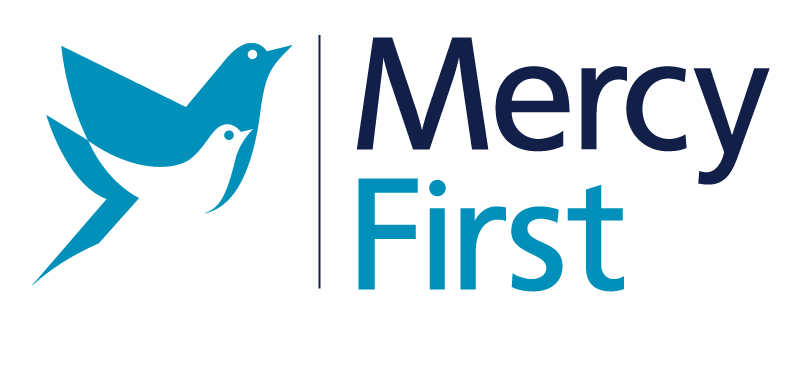
WHAT IS TRAUMA-INFORMED CARE?
THERE IS NOTHING WroNG WITH YOU.
Trauma-informed care strives to understand the whole of an individual and shifts the focus from “What is wrong with you?” to “What happened to you?”
MercyFirst utilizes trauma-informed models to help improve client engagement, treatment involvement and permanency outcomes.
A trauma-informed approach to care acknowledges that MercyFirst needs to have a complete picture of a client’s life situation — past and present — to provide effective services with a healing approach. Adopting trauma-informed practices improves client engagement, treatment involvement, and permanency outcomes.
MercyFirst is committed to a trauma-responsive approach to the organizational stress often seen within child-welfare systems. In addition to client well-being, the focus also becomes that of employee and care-provider wellness.
Trauma-informed care seeks to:
Realize the widespread impact of trauma and understand paths for healing
Recognize the signs and symptoms of trauma and chronic stress in our clients, families, and staff
Integrate knowledge about trauma into policies, procedures, and practices; and
Actively avoid re-traumatization and secondary traumatic stress.
Currently, MercyFirst has implemented and practices the following trauma informed models, which guide our service delivery:
· Attachment, Regulation and Competency (ARC)
· Structured Psychotherapy for Adolescents Responding to Chronic Stress (SPARCS)
CORE PRINCIPALS
-
Sharing of power between staff and children and families to support shared decision-making.
-
Recognizing and validating strengths to build on skills, and the individual’s resilience and ability to heal from trauma.
-
Recognizing and addressing biases, stereotypes and historical trauma.
-
Individuals with shared experiences are part of the organization and are integral to service delivery.
-
Youth, families and staff throughout the organization feel physically and psychologically safe.
-
Decisions are made with transparency and with the goal of building and maintaining trust.

